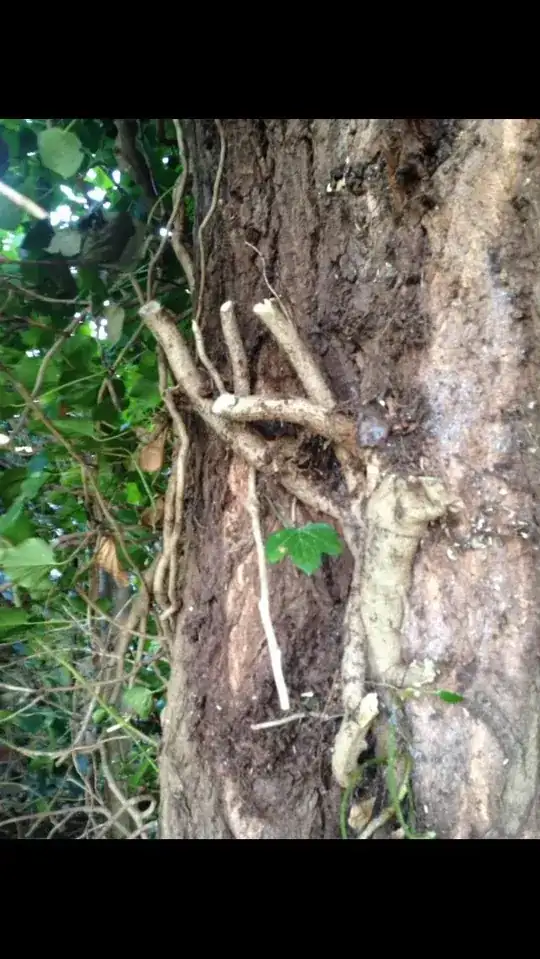This is a silhouette of my two plums:

They are very old, around 10m high, for some longish time left alone, and exude a lot of sap. They have nice fruit. Birds like to rest and observe the area in their high crowns.
Is there anything I can do to revitalize them? Or just leave them as is?